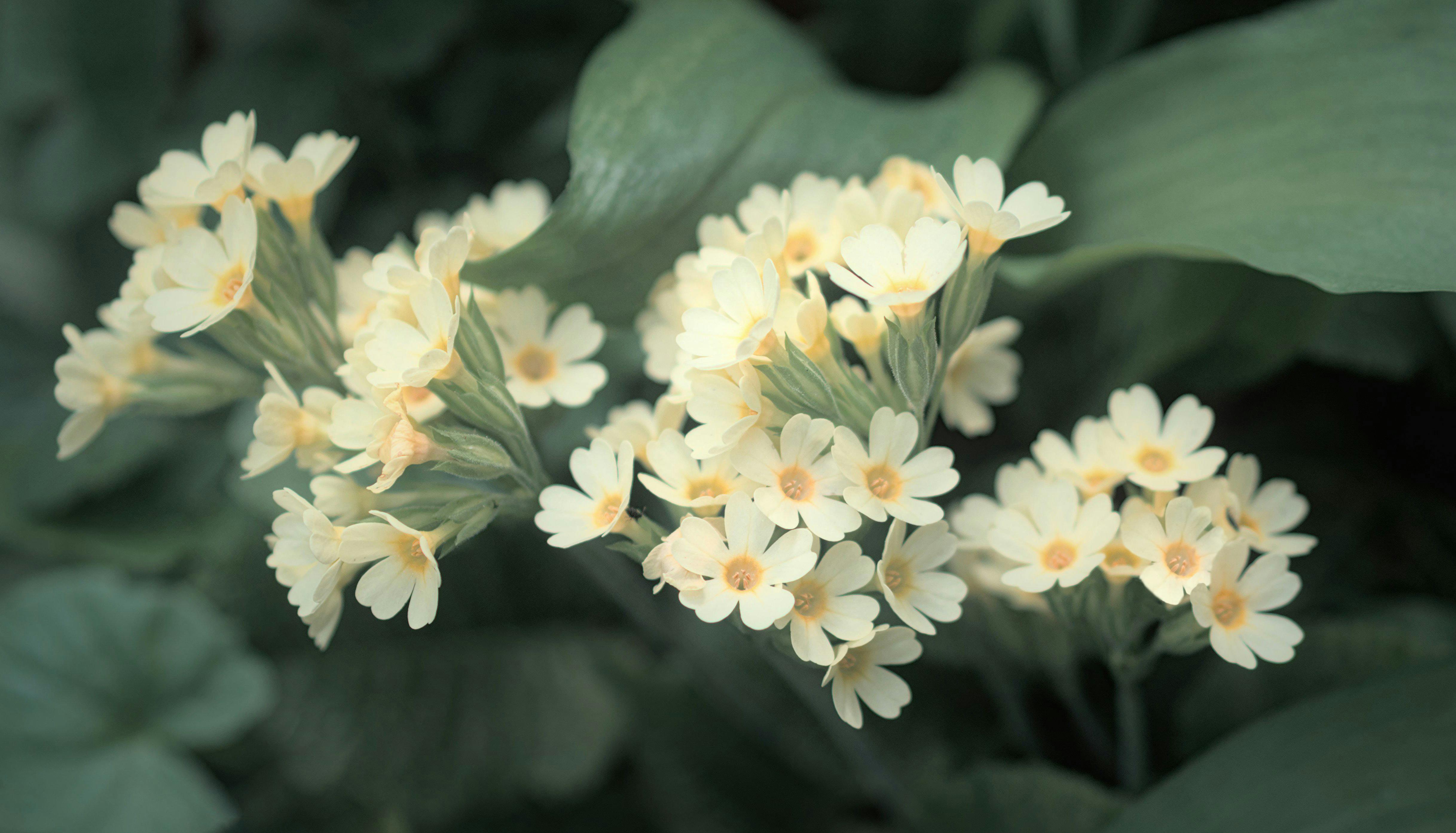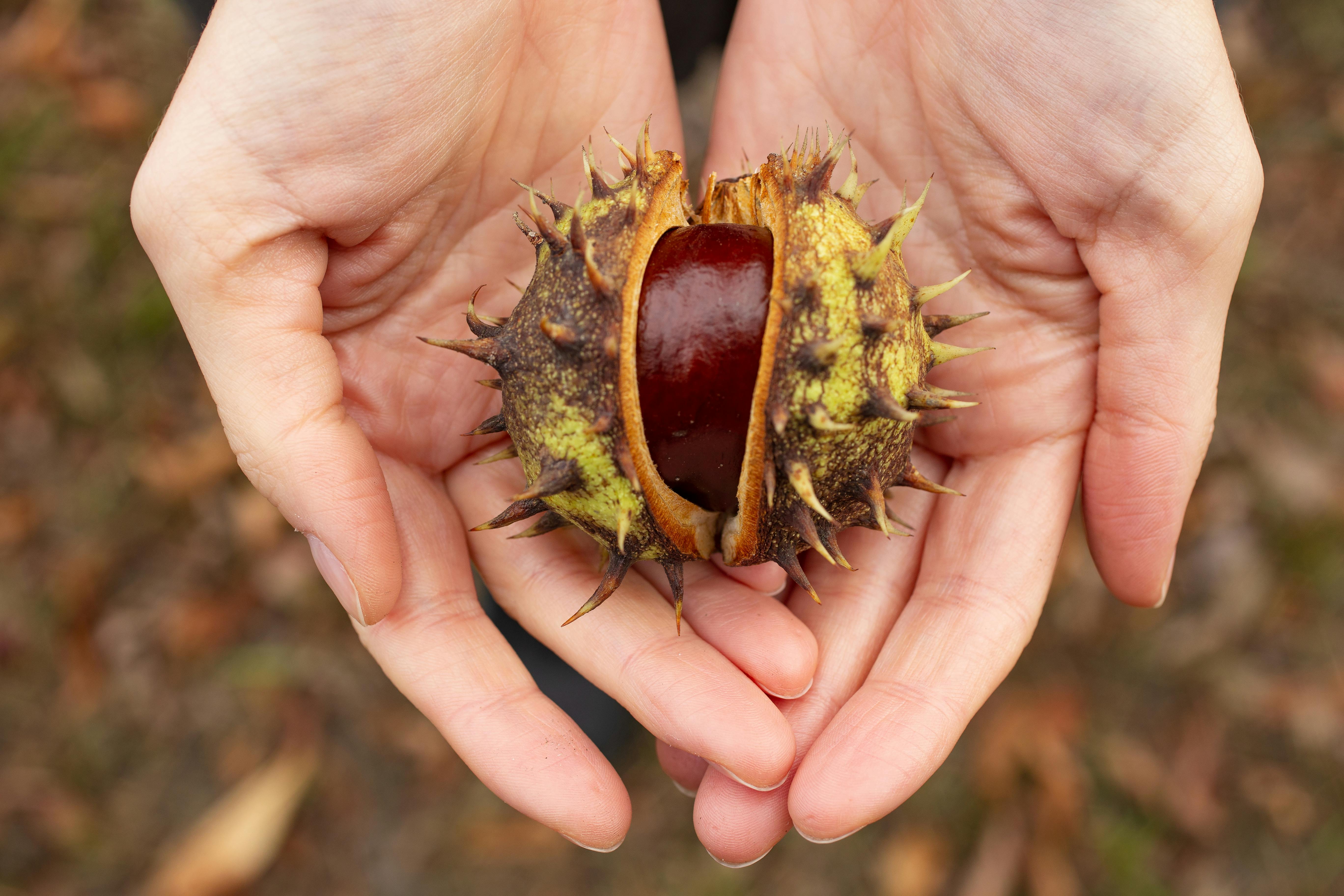Understanding the Art of Gardening: Tips from Mr. Gardener
Essential Gardening Techniques
Gardening is more than just planting seeds; it’s an art form that requires a blend of knowledge, patience, and creativity. One of the simplest yet most effective gardening techniques is understanding your soil. Healthy soil is the cornerstone of any thriving garden. Testing your soil’s pH and nutrient levels can significantly impact plant growth. For instance, incorporating organic matter like compost can enhance soil structure and fertility, making it more conducive for fragile seedlings to thrive. By nurturing your soil, you’re essentially giving your plants a strong foundation to grow, which is a crucial lesson from Mr. Gardener’s philosophy.

Soil Preparation Methods
The first step in effective gardening is proper soil preparation. Start by clearing any debris and weeds from the gardening area. Next, till the soil to break up any hard clumps and improve aeration. This action aids in the penetration of water and nutrients, making it easier for plants to establish their roots. Many seasoned gardeners recommend adding organic matter, as it enriches the soil and promotes a healthy ecosystem. Remember, Mr. Gardener always emphasizes the significance of preparing your soil well; it can make a remarkable difference in your gardening success.

Watering Techniques for Optimal Growth
Watering may seem straightforward, but it is a pivotal skill in gardening. Proper watering techniques ensure that your plants receive adequate moisture without becoming waterlogged. It’s essential to water early in the morning or late in the afternoon to reduce evaporation. Furthermore, deep watering encourages roots to grow deeper, fostering resilience against drought. Mr. Gardener advises maintaining a regular watering schedule but also recognizing when your plants need a little extra attention, especially during hot spells.
Choosing the Right Plants
Selecting the right plants for your garden can dramatically influence your gardening experience. When choosing plants, consider factors such as climate, soil type, and available sunlight. Native plants are often more resilient to local pests and diseases, making them a great option for beginners. For instance, herbs like lavender and rosemary thrive in sunny environments and require minimal care. Embracing Mr. Gardener’s insight, focusing on plants that suit your specific conditions can lead to a more vibrant and sustainable garden.
Understanding Plant Hardiness Zones
Plant hardiness zones are essential for understanding which plants can thrive in your region. The USDA Plant Hardiness Zone Map is an invaluable resource that categorizes different areas based on average annual minimum temperature. By matching your plant choices to their suitable hardiness zones, you’ll cultivate a garden with a higher likelihood of success. For example, if you live in a zone characterized by cooler temperatures, opting for hardy perennials like coneflowers can ensure your garden flourishes for years.
Companion Planting for Garden Success
Companion planting is an excellent strategy to enhance plant growth and deter pests. Some plants have beneficial relationships with others; for example, tomatoes and basil thrive when planted together, as the basil helps repel aphids. This technique not only improves your garden’s productivity but can also create a more diverse and visually appealing landscape. Mr. Gardener encourages the use of companion planting to maximize your gardening success, urging gardeners to explore the myriad of combinations available.
Maintaining Your Garden
Garden maintenance is an ongoing task that involves various activities such as weeding, pruning, and fertilizing. Regularly checking your plants for signs of disease or pests is vital in ensuring a healthy garden. Pruning spent flowers encourages new growth and can lead to a more bountiful harvest. Additionally, mulching around plants can help retain soil moisture and suppress weeds. Mr. Gardener emphasizes the importance of consistent maintenance, which keeps your garden reaping rewards throughout the growing season.
Implementing a Fertilization Schedule
Fertilization is crucial for providing plants with essential nutrients they may not derive from the soil alone. Establishing a fertilization schedule based on soil tests will help you determine which nutrients are deficient and when to apply them. Organic fertilizers such as bone meal or fish emulsion can bolster growth without harming the environment. Following Mr. Gardener’s advice on timing your fertilization—preferably just before the growing season begins—will lead to enhanced growth and vitality in your garden.
Effective Weed Control Methods
Weeds compete with your plants for nutrients, light, and water, ultimately stunting their growth. Implementing effective weed control methods is essential. Hand-pulling, mulching, and using landscape fabric can all effectively reduce weed growth. Moreover, introducing cover crops during the off-season can improve soil health and prevent weed establishment. Mr. Gardener advocates for a proactive approach to weed control, suggesting that a little attention each week can yield significant rewards in a well-maintained garden.
Harvesting Your Bounty
Harvesting is the ultimate reward for your hard work in the garden. Knowing when and how to harvest your crops can significantly impact the quality and flavor of your produce. For instance, harvesting vegetables like zucchini when they are young ensures taste and tenderness. It’s also crucial to handle produce carefully to avoid bruising. Mr. Gardener advises using the right tools, such as sharp garden scissors, for a clean cut to prevent damage to the plant and ensure continued growth.
Storing Your Harvest Effectively
After harvesting, the next challenge is storage. Each type of produce has its own ideal storage conditions. For example, root vegetables like carrots store well in cool, moist conditions, while tomatoes should be stored at room temperature. Implementing proper storage techniques can prolong the freshness of your harvest, allowing you to enjoy your garden’s bounty long after picking. Remember, proper storage is key to maintaining the quality of what you’ve grown, a principle frequently mentioned by Mr. Gardener.
Creating a Succession Planting Plan
Succession planting involves staggering the planting of crops to ensure a continuous harvest throughout the growing season. For example, you might plant a new batch of lettuce every two weeks, allowing for a steady supply of fresh greens. This strategy not only helps maximize your garden space but can also lead to reduced waste, as you can harvest only what you need at a time. Embracing a succession planting plan, as recommended by Mr. Gardener, is a fantastic way to sustain your garden’s productivity.
Key Takeaways
- Understanding your soil is fundamental to gardening success.
- Select plants that are well-suited to your local hardiness zone.
- Regular maintenance, including weeding and pruning, is crucial for a healthy garden.
- Implement effective watering, fertilizing, and weed control techniques.
- Utilize succession planting for a continuous supply of garden produce.
FAQ
1. What are the best ways to improve soil quality?
Improving soil quality involves several effective strategies. Adding organic matter such as compost is vital, as it enhances soil structure and nutrient availability. Regularly testing your soil’s pH can guide you in adjusting it for optimal plant health. Additionally, practicing crop rotation and planting cover crops can naturally enrich the soil, fostering a more sustainable gardening environment.
2. How do I choose the right plants for my garden?
Choosing the right plants for your garden begins with understanding your local climate and soil type. Researching native plant species can often yield excellent options, as these are more resilient to local pests and diseases. Additionally, utilizing the USDA hardiness zone map can help you select plants that will thrive in your specific location.
3. What are some organic pest control methods?
Organic pest control methods can be very effective and sustainable. Introducing beneficial insects like ladybugs and lacewings can help manage pest populations. Similarly, using neem oil or soap sprays can deter unwanted insects without harming your plants or the environment. It’s crucial to take a proactive approach by regularly checking for signs of pests and acting quickly.
4. Is it possible to garden in small spaces?
Absolutely! Gardening in small spaces can be accomplished through container gardening or vertical gardening. Utilizing pots and planters allows you to grow a wide variety of plants without needing extensive ground space. Additionally, vertical gardening techniques can utilize walls or fences, maximizing your growing area in a limited space.
5. When is the best time to fertilize my garden?
The best time to fertilize your garden typically aligns with the beginning of the growing season. Early spring, just before your plants begin to sprout, is an ideal time to apply fertilizer. Additionally, side-dressing throughout the growing season can help support continued plant health, reinforcing the nutritional needs of your plants.
